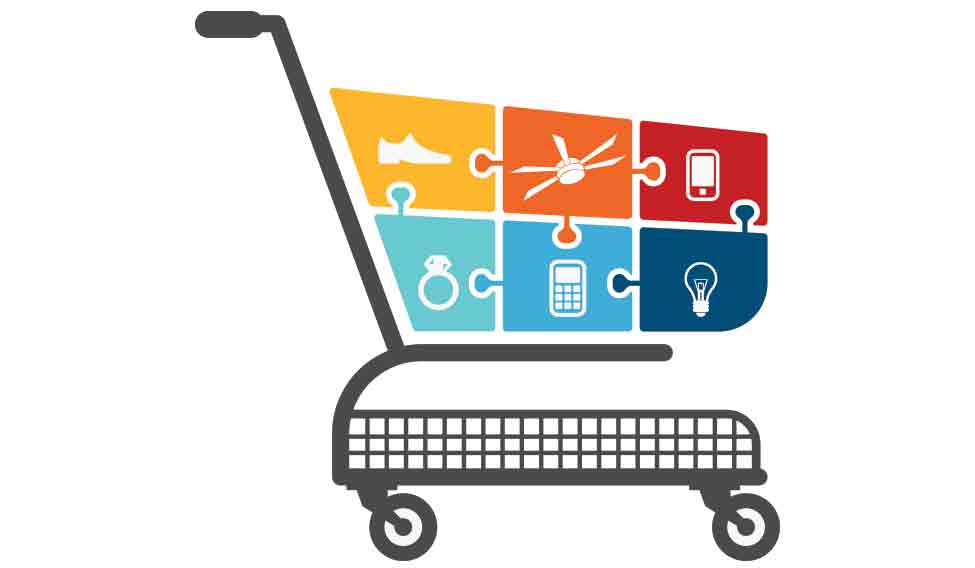When the 11-year-old idea of a Goods and Services Tax subsuming an entangled web of taxes, duties and levies almost crossed its biggest hurdle in Parliament, India woke up to the reality of how to prepare for it. The passage of the GST bill in the Rajya Sabha, and the ratification of the Constitution Amendment in a majority of the state legislatures over the next few months, is only the beginning of the work for the greatest reform in indirect taxes in the history of India. Even as Finance Minister Arun Jaitley maintained that he was “in a state of readiness on GST roll out”, manufacturing companies have been working overtime to ensure it happens.
“The manufacturing companies started working towards it some six months ago and are in various stages of GST preparedness, while those in the service sector began their work a month ago,” said M.S. Mani, senior director, Deloitte Haskins & Sells LLP. Manufacturing units with long and complex supply chains need more time to get their GST act in place than service sector players like banks and insurance companies. “They will all be ready in time for the government's roll out, in April 2017,” said Mani.
A lot, however, depends on the preparedness of units that comprise the vertical integration along the chain. “If Maruti has to be GST ready, big units supplying tyres will have to be GST ready, and very small units supplying gears and small parts, too, will have to be ready,” said an expert. In the case of a readymade garment company or a hosiery unit in Ludhiana, those supplying yarn, those making the fabric and those making the final garment all should have their GST preparedness ready to roll.
According to Nitish Sharma, executive director of Nangia & Co, a tax services provider, there were at least 11 “GST impact areas” that require businesses to adopt “a structured and integrated approach” to ensure a smooth transition to the new regime. From sourcing, distribution, invoicing, information technology systems, supply chain management, compliances, accounting, pricing and services to business processes, warehousing and cash flow, employees and staff will have to be trained to understand and operate efficiently.

The GST will bring an end to a number of indirect taxes, duties and levies; remove multiple taxation; and do away with disputes and tax evasion because it will be completely technology-driven. It will add to the GDP 1 to 2 per cent, and could take India notches up in terms of ease of doing business. “GST, when implemented, is expected to usher in a harmonised national market of goods and services and shall lead to a simplified, assessee-friendly tax administration system,” said Dr Naushad Forbes, president, CII. “Once implemented, it will subsume most of the country's Central and state level duties and taxes, thus making the country a national market and contribute significantly to the growth of the economy.”
While a 180gm packet of MTR brand rava upma costs Rs 32 in Bengaluru, it costs Rs 45 in Ghaziabad—about 40 per cent more. Post GST, the printed price on the wrapper will be uniform whether in Kolkata or in Kozhikode. This will happen in the case of a toothpaste, refrigerator or a television. While the bills that dealers receive from manufacturers mention excise duty and value added tax, the bill consumers get includes VAT. Post the GST, it will be just GST. The octroi will be merged into the GST and transportation costs will be “equalised and become part of the cost”, said experts.
GST will bring down prices in most sectors. “GST will be positive for the automotive sector primarily because of the removal of cascading effect of tax on the cost of goods and services,” said A.K. Rastogi of Nippon Audiotronix. “Most car manufactures are located in a few states in India. When they sell cars to other states, they charge 2 per cent Central Sales Tax, which is currently included in the cost of the car as it is not creditable. In GST regime, credit will be available. Currently, the MRP based payment of excise is applicable on accessories leading to higher landed cost. In the GST regime, it will go away.”
Rastogi is conscious about the need for preparing for GST. “Since all indirect taxes will be subsumed, companies have to bring in significant change in processes, training teams and developing IT systems for being GST compliant. Organisations have to upgrade their technology infrastructure, as most of the processes are automated in GST regimes,” he said.
There will be starting troubles. “Corporate institutions must be wary of the initial accompanying challenges in the form of increased compliance costs and alignment of IT systems as the government sets up the GST IT infrastructure and the GST council to ensure a seamless implementation,” said Manish Sharma, president, CEAMA India.
Theoretically, the prices would be lower than they now are, because the current prices include an excise plus VAT, and varies between 26-27 per cent, while the GST will be between 18-20 per cent. “Whether manufacturers pass on the reduction on account of lower tax remains to be seen, and depends entirely on them. But competition in the market can bring down the rates. If Pepsodent passes on the reduced tax to consumers, Colgate eventually will,” said Mani.
Jaitley expects the new regime to check tax evasion, ensure tax compliance and widen the tax base. In a country with a notoriously stretchable standard time, the GST's unexpected virtue could be the saving in time. It will make for a unified market where trucks carrying goods will move smoothly without negotiating check posts and toll plazas from one state to another.







